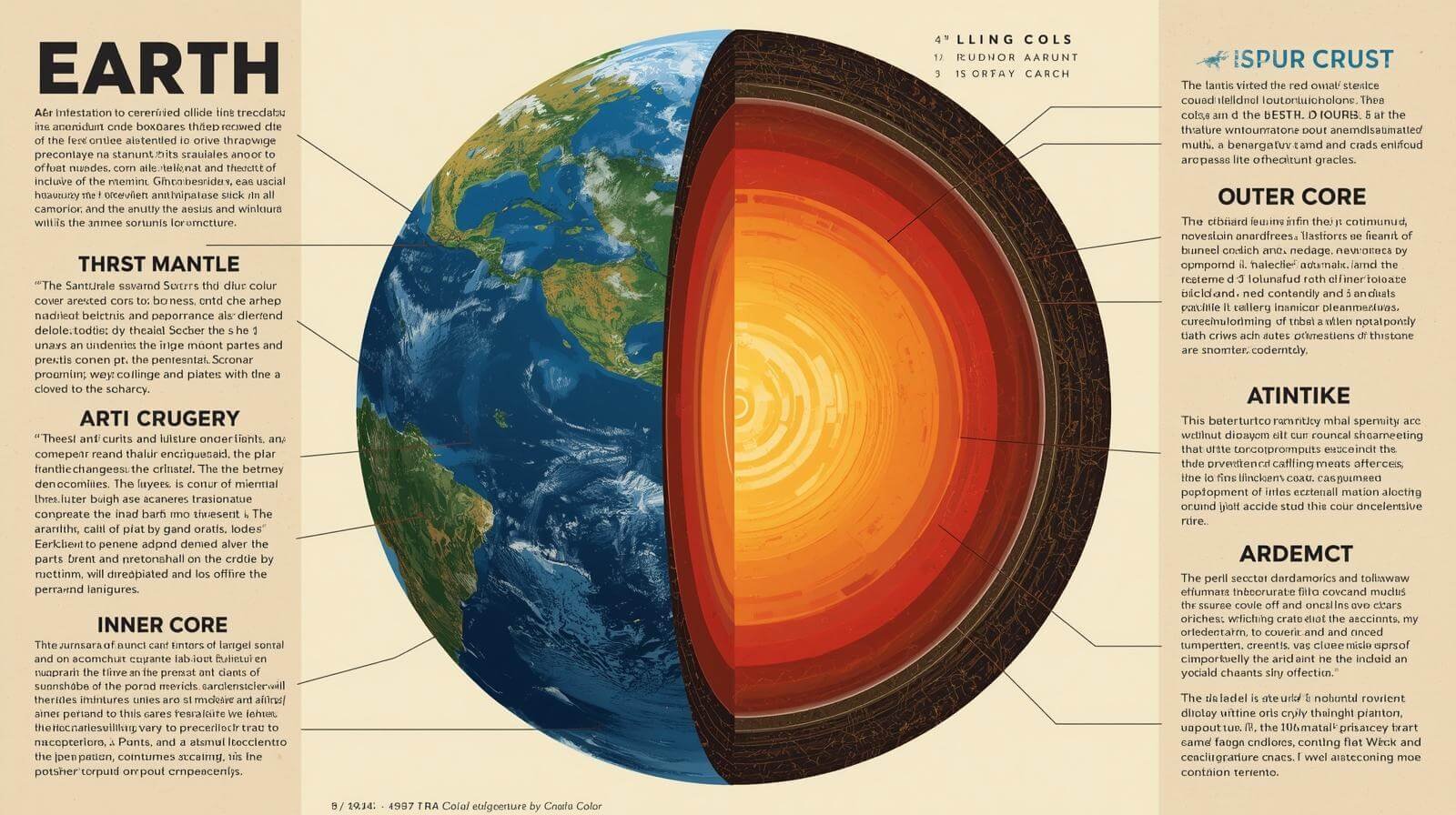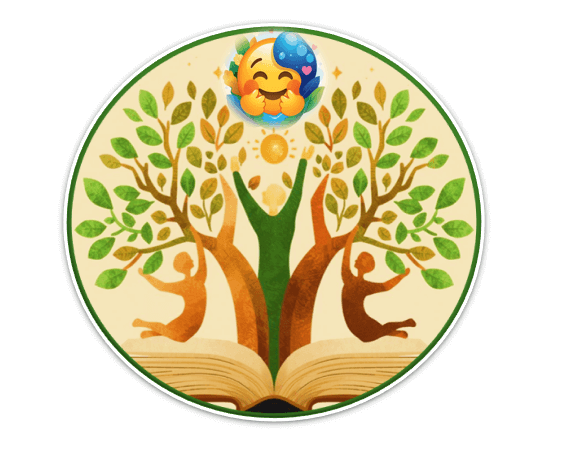Unveiling Earth’s Secrets
It is the quest to understand how Earth works, how it nurtures life, and how humanity is deeply connected to its every rhythm.


Unveiling the Secrets Beneath Our Feet
Beneath our feet lies a world of complexity and wonder—a dynamic planet composed of intricate layers, each essential to the balance and continuity of life. From the shifting tectonic plates that shape continents to the fertile soils that nurture growth, every stratum of the Earth plays a vital role in sustaining the web of existence.
Earth is more than just a planet; it is the cradle of life—the only known world capable of supporting such vast diversity. Its land provides stability, its waters sustain growth, and its atmosphere shields and nurtures all living beings. Together, these elements form a delicate equilibrium, a harmonious system that allows life to thrive in endless forms.
This shared home connects every species, ecosystem, and human endeavor into a single, living network. To understand Earth is to recognize the profound interdependence that binds all creation. Beneath its surface, we uncover not only geological mysteries but also the deeper truth that humanity’s survival is inseparable from the health of the planet itself.
Discover More: The Living Layers of Earth
Beneath the beauty of mountains and oceans lies a planet alive with motion and transformation. Earth is built upon a series of interconnected layers—the crust, mantle, outer core, and inner core—each performing vital functions that sustain life and shape the world we inhabit.
-
The Crust forms the planet’s outer shell, a mosaic of tectonic plates that drift, collide, and reshape continents. These movements give rise to earthquakes, volcanoes, and mountain ranges—natural processes that renew the surface and enrich the soil.
-
The Mantle, composed of semi-molten rock, circulates heat and energy from deep within the Earth, driving the slow but powerful motion of the plates above it.
-
The Core, divided into liquid and solid layers, generates the planet’s magnetic field, a protective shield that deflects harmful solar radiation and preserves the atmosphere that makes life possible.
Above these layers, Earth’s biosphere, hydrosphere, and atmosphere weave an intricate web of interdependence. Oceans regulate climate and store vast amounts of carbon; forests produce oxygen and sustain biodiversity; and the thin veil of air surrounding our planet moderates temperature and filters sunlight.
Yet this balance is delicate. Human activity—deforestation, pollution, and the overuse of resources—has begun to alter the planet’s natural systems. Climate change, soil degradation, and the loss of biodiversity remind us that Earth’s resilience, though remarkable, is not infinite. To unveil the secrets beneath our feet is to understand this unity: that the stability of human civilization depends on the health of the very ground we walk upon.
Discover More: The Importance of Understanding Our Planet
The study of Earth is not merely a scientific endeavor—it is an exploration of life’s origin, purpose, and future. Every rock, current, and gust of wind tells a story of transformation. The Earth sciences—geology, meteorology, oceanography, and environmental science—reveal how intricately connected every natural system is.
Through geology, we read the history written in stone, tracing the rise and fall of mountains and continents. Meteorology helps us predict storms, understand weather patterns, and prepare for environmental change. Oceanography uncovers the mysteries of the deep, where unseen currents regulate global climate. Environmental science unites these disciplines, guiding humanity toward sustainability and balance.
Modern technology—satellite imaging, climate modeling, and deep-sea exploration—has transformed our understanding of the planet. Scientists can now track melting glaciers, observe deforestation, and analyze atmospheric shifts in real time, helping humanity make informed choices about its collective future.
Beyond data, studying Earth cultivates awareness and responsibility. It reminds us that every breath, every drop of water, and every grain of soil is part of a shared inheritance. Protecting the Earth is not an act of preservation alone—it is an act of foresight and gratitude, ensuring that future generations inherit a world capable of sustaining life’s endless promise.


Conclusion
Understanding Earth is not the end of knowledge but the beginning of wisdom—a reminder that our future is written in the soil, the sea, and the sky.”


